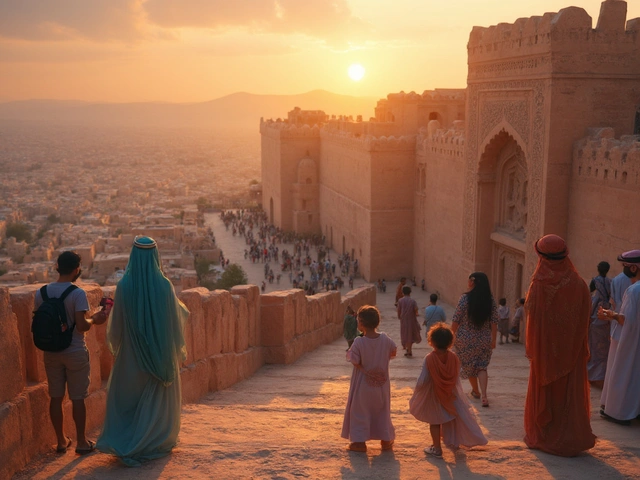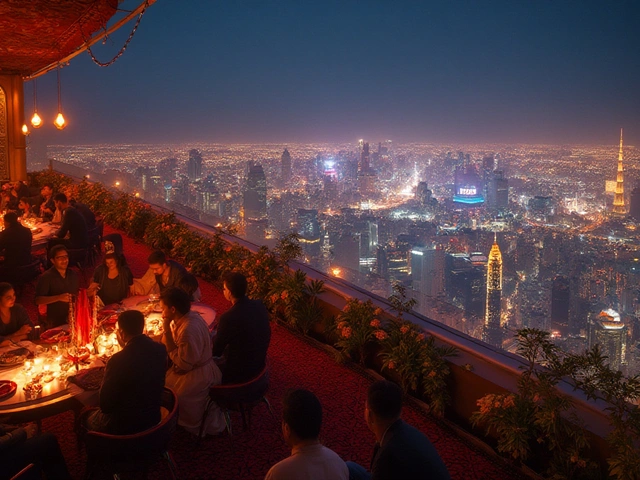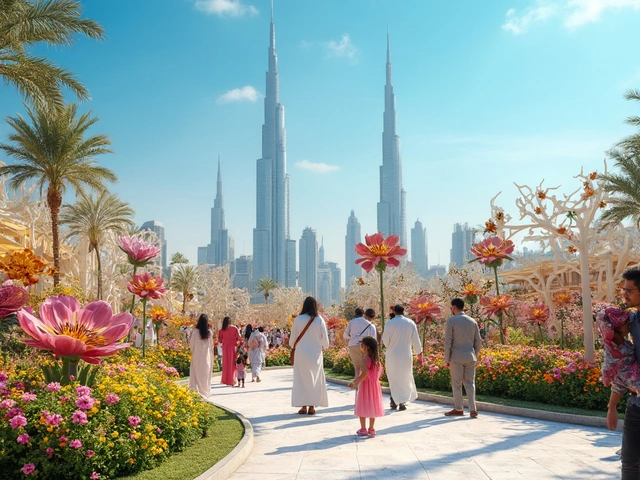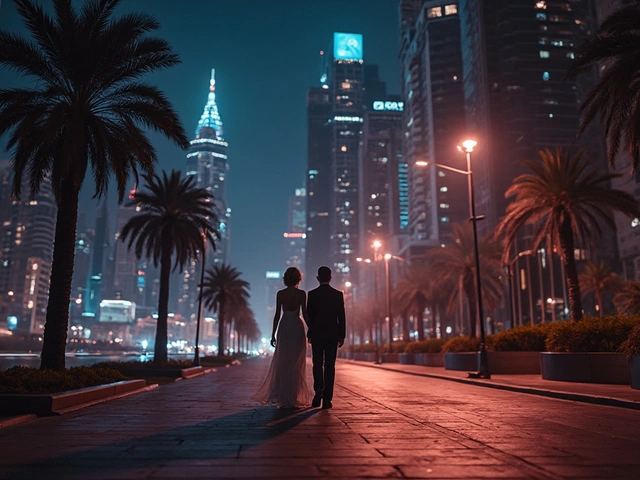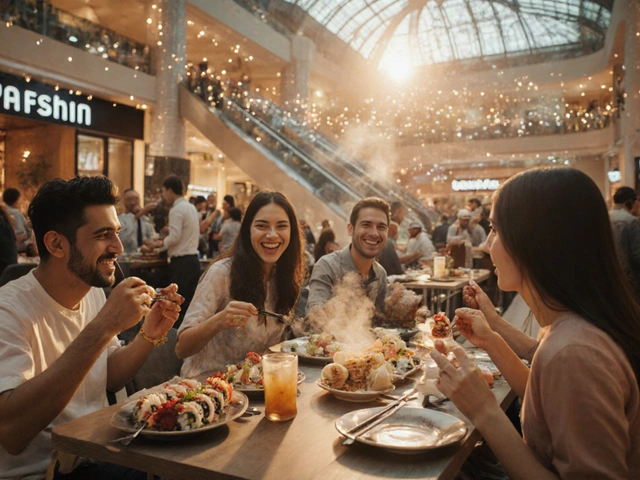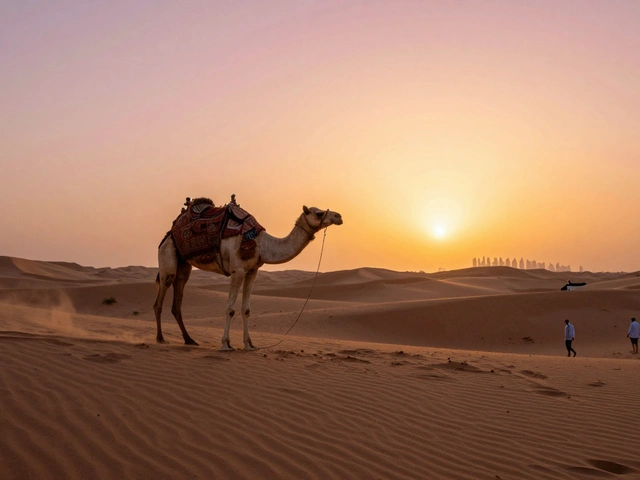Heritage Dubai – Discover the City’s History and Culture
When you think of Dubai, skyscrapers and luxury usually come to mind first. But tucked behind the glitter are neighborhoods, museums, and markets that tell the story of how this desert town became a global hub. If you’re curious about the real roots of the city, you’re in the right place. Below you’ll find simple ways to see old Dubai, understand its traditions, and enjoy the authentic side of the emirate without getting lost in the modern frenzy.
Must‑Visit Heritage Sites
Start at Al Fahidi Historical Neighborhood, also called Al Bastakiya. The narrow lanes, wind‑tower houses, and art galleries are a living snapshot of life in the 19th‑century trading port. You can walk free, pop into the Arabian Tea House for a cup of karak, or join a guided tour that explains how merchants once stored spices and pearls.
The Dubai Museum inside the Al Fahidi Fort is another essential stop. With realistic dioramas and old photos, it shows the transformation from a fishing village to a megacity. Spend about 30 minutes here and you’ll walk away with clear pictures of camel caravans, traditional souks, and early oil discoveries.
If you love architecture, the Dubai Frame offers a quick contrast. While it’s a modern landmark, the view from its sky‑deck frames the old city on one side and the new skyline on the other. It’s a visual reminder of how fast Dubai has changed, and the accompanying exhibit explains the heritage behind the surrounding streets.
How to Experience Old Dubai Like a Local
Visit the Dubai Creek at sunrise. Take an abra (water taxi) across for just a dirham and watch the market fill with vendors setting up stalls. The smell of fresh dates, incense, and frying falafel will hit you the moment you step onto the deck.
Don’t miss the Gold and Spice Souks. While tourists flock to the glittery malls, the souks still offer a sensory overload that feels authentic. Haggle politely, ask about the origins of a spice, and you’ll often learn a short story from the shopkeeper about old trade routes.
End the day with a traditional Emirati meal at a heritage restaurant like Al Fanar. The menu includes dishes such as machboos (spiced rice with meat) and luqaimat (sweet dumplings). Eating here isn’t just about food; it’s a chance to hear elders share anecdotes about Dubai’s past while you taste the flavors that have survived generations.
Lastly, keep an eye on the calendar for cultural events. The Dubai Heritage Festival in February showcases folk dances, camel races, and crafts. Even if you can’t make it, many of the activities are streamed online, giving you a glimpse of the community spirit that still fuels the city.
Exploring heritage Dubai doesn’t require a whole vacation. A morning walk through Al Fahidi, a short abra ride, and a tasty meal can give you a solid feel for the city’s roots. Mix these experiences with a few modern sights, and you’ll walk away with a balanced picture of a place that respects its past while racing toward the future.


